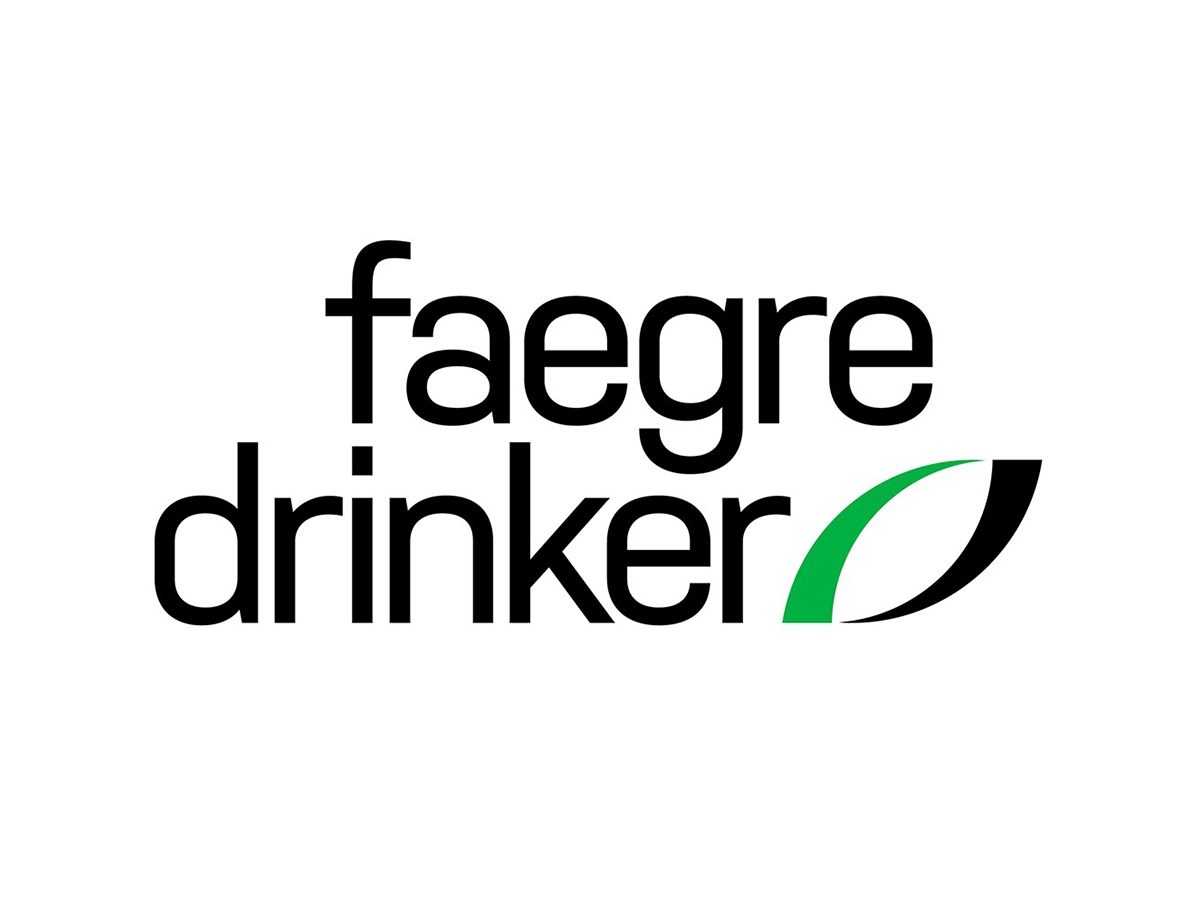Federal Circuit Provides Insight on Induced Infringement Claims in Amarin Pharma Inc. v. Hikma Pharmaceuticals USA Inc. | Sheppard Mullin Richter & Hampton LLP
The case of Amarin Pharma, Inc. and its affiliates versus Hikma Pharmaceuticals USA Inc. and Hikma Pharmaceuticals PLC presents a fascinating intersection of patent law, FDA regulatory strategy, and pharmaceutical marketing. Central to this legal dispute are U.S. Patents 9,700,537 and 10,568,861, owned by Amarin, which describe methods of reducing cardiovascular risk by administering icosapent ethyl, a compound found in the drug Vascepa®. Vascepa® had initially received FDA approval for treating severe hypertriglyceridemia, a condition marked by high levels of triglycerides in the blood. However, Amarin’s continued research into the drug’s benefits led to an expanded FDA approval in 2019, allowing Vascepa® to be marketed for reducing cardiovascular risk in certain patient populations.
Hikma Pharmaceuticals filed an Abbreviated New Drug Application (ANDA) seeking approval to market a generic version of icosapent ethyl. Their application included a “skinny label,” which purposefully excluded the later-approved cardiovascular risk reduction indication to avoid infringing Amarin’s patents. This legal maneuver sparked a lawsuit from Amarin, alleging that Hikma’s marketing and labeling practices amounted to an inducement to infringe on the patents covering Vascepa®’s cardiovascular benefits. The District Court for the District of Delaware initially dismissed Amarin’s complaint, which led to an appeal to the United States Court of Appeals for the Federal Circuit.
Issues
- Does Hikma’s marketing and labeling of its generic icosapent ethyl product plausibly suggest active inducement to infringe Amarin’s patents?
- Do Hikma’s public statements and marketing materials contribute to a plausible claim of induced infringement under 35 U.S.C. § 271(b)?
Holding(s)
The Federal Circuit held that Hikma’s actions could plausibly suggest an inducement to infringe the patented methods, reversing the district court’s dismissal.
The court found that the totality of Hikma’s conduct, including public statements and marketing, could contribute to a plausible claim of induced infringement.
Reasoning
Analysis of Hikma’s Marketing and Labeling:
The Federal Circuit meticulously examined Hikma’s marketing and labeling practices, emphasizing the necessity of considering these efforts within the broader context of Hikma’s overall strategy. The court pointed out that while the “skinny label” itself strategically excluded direct mentions of the cardiovascular indications covered by Amarin’s patents, the context provided by Hikma’s marketing and promotional practices could still lead healthcare providers to infer an endorsement of the drug’s use for those patented indications. Specifically, the Federal Circuit highlighted how the combination of the label’s contents and Hikma’s targeted communications could be interpreted by healthcare providers as suggesting the appropriateness of Hikma’s generic product for the cardiovascular risk reduction treatment, despite the absence of explicit approval for this use.
Analysis of Public Statements and Marketing Materials:
Further dissecting Hikma’s public statements and marketing materials, the Federal Circuit scrutinized how these elements might influence the inducement claim. The court identified that Hikma’s press releases and promotional activities, which broadly promoted the generic product as equivalent to Vascepa® and referenced its sales figures, could be construed as encouraging the prescription of Hikma’s product for the off-label, patented cardiovascular risk reduction use. This analysis underscored the court’s view that the cumulative impact of Hikma’s marketing efforts, when combined with the specifics of the skinny label, presented a plausible case for induced infringement.
Conclusion:
The Federal Circuit’s decision in Amarin Pharma Inc. v. Hikma Pharmaceuticals USA Inc. is pivotal, underscoring the legal complexities surrounding “skinny labels” and induced infringement in the pharmaceutical sector. It highlights the critical need for generic manufacturers to meticulously evaluate their marketing strategies and communications to avoid potential induced infringement liabilities. This ruling not only emphasizes the importance of the totality of conduct in induced infringement claims but also reinforces the delicate balance between fostering generic drug market entry and upholding patent protections.






